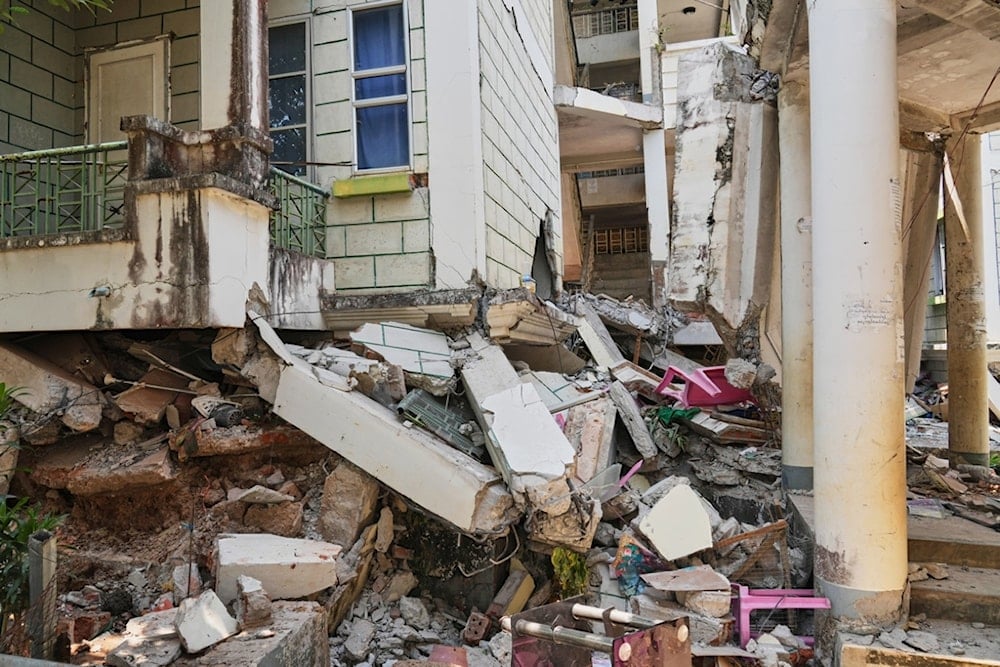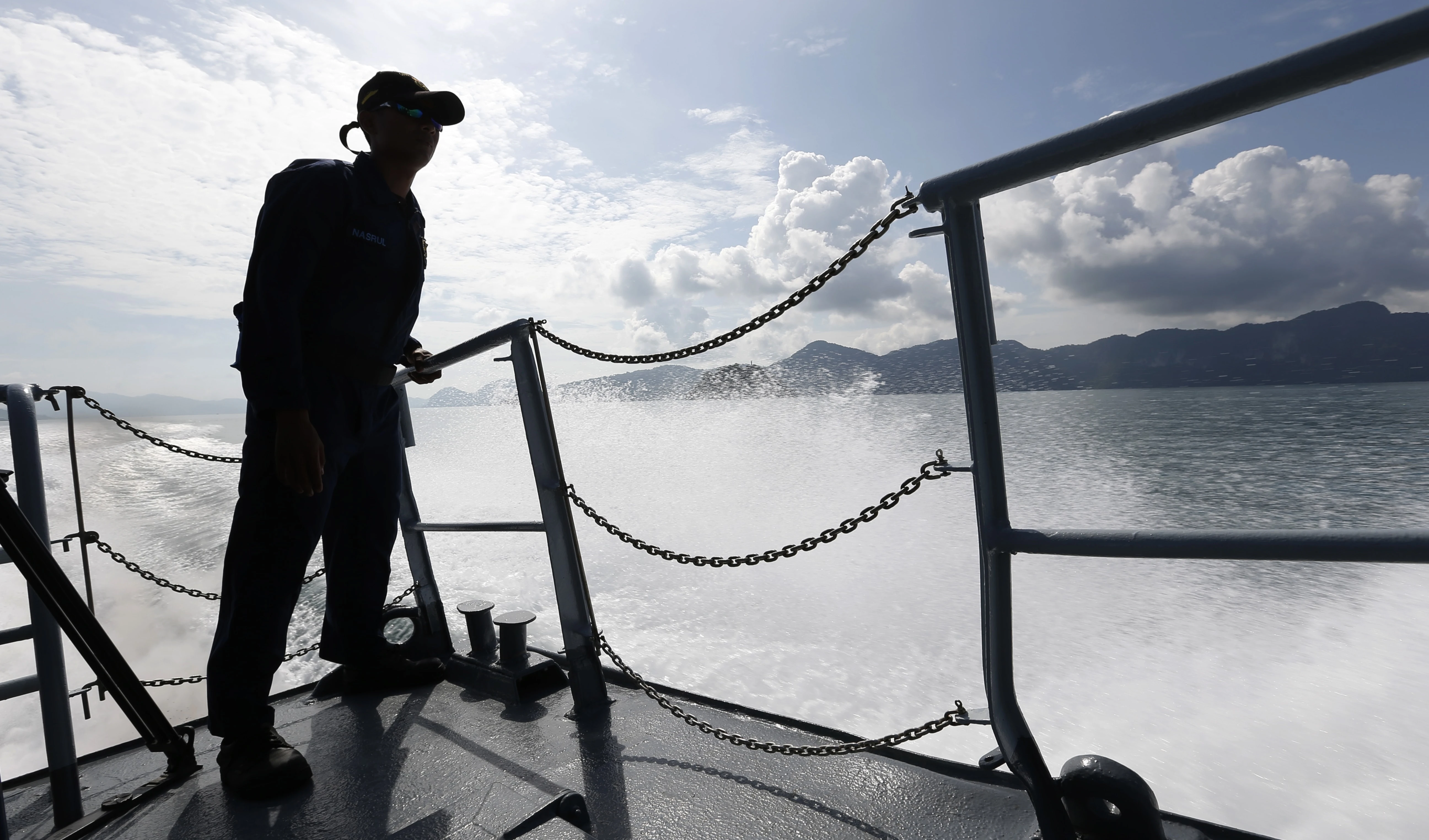Myanmar earthquake claims over 3,400 lives, thousands more injured
Efforts to reach the most affected communities are being obstructed—not just by terrain or logistics, but by ongoing military hostilities.
-

Damaged buildings are seen in the aftermath of last week's earthquake in Naypyitaw, Myanmar, Friday, April 4, 2025 (AP Photo)
The powerful earthquake that struck Myanmar on March 28 has left a devastating toll, with at least 3,455 people confirmed dead, more than 4,800 injured, and over 200 still missing, according to a report released Saturday by China's Xinhua news agency.
Measuring 7.7 on the Richter scale, the quake caused extensive damage in central Myanmar, particularly around Mandalay and Naypyidaw, and sent tremors across the region, affecting neighboring countries including Bangladesh, India, Laos, China, and Thailand.
In Bangkok, the tremors caused the collapse of an under-construction high-rise, killing at least ten people and trapping dozens more.
Inside Myanmar, the disaster has crippled essential infrastructure. Local officials have reported collapsed buildings, severed power lines, and ruptured oil pipelines. Although fuel tankers have begun arriving at major ports, damage to the country's distribution networks has delayed delivery to affected areas, compounding the crisis.
The humanitarian response has seen pledges of support from several regional allies. Countries such as China, Russia, India, and Belarus have deployed search-and-rescue teams, medical aid, and emergency supplies in a show of regional solidarity. China, one of the earliest responders, sent search crews and approximately $14 million in aid.
Read more: As China, Russia rush to aid Myanmar, Trump USAID cuts hamper efforts
However, efforts to reach the most affected communities are being obstructed—not just by terrain or logistics, but by ongoing military hostilities. On April 1, Myanmar's military reportedly opened fire on a Chinese Red Cross convoy transporting relief supplies to Mandalay, according to the Ta'ang National Liberation Army (TNLA).
The incident occurred near Ummati village in Naung Cho township and forced the convoy to temporarily retreat. TNLA forces said they intervened to protect the aid workers and ensured the convoy eventually continued its route.
In a statement issued on Tuesday, junta leader Min Aung Hlaing reiterated that military campaigns would continue as "necessary protective measures," rejecting ceasefire offers from rebel coalitions like the Three Brotherhood Alliance.
That same day, a military airstrike reportedly killed 38 young trainees from the Kachin Independence Army (KIA) in northern Myanmar, further demonstrating the regime's prioritization of military objectives over humanitarian concerns.
Read more: Myanmar paying for Russian petroleum in yuan; deals in the making: EEF
Since the 2021 coup, human rights organizations report that more than 6,400 civilians and activists have been killed by junta forces and affiliated militias. In the wake of the earthquake, residents of Mandalay and Sagaing—regions already suffering from conflict—now face critical shortages of food, clean water, and medical aid. Aid agencies such as UNICEF and the World Food Program have reached parts of these areas, but access remains inconsistent.
Survivors and local volunteers have accused military authorities of blocking access to collapsed buildings, enforcing curfews, and otherwise impeding rescue operations. The United Nations has issued an urgent appeal for unimpeded humanitarian access, warning that the situation could spiral into a wider catastrophe without immediate, coordinated international intervention.

 3 Min Read
3 Min Read










